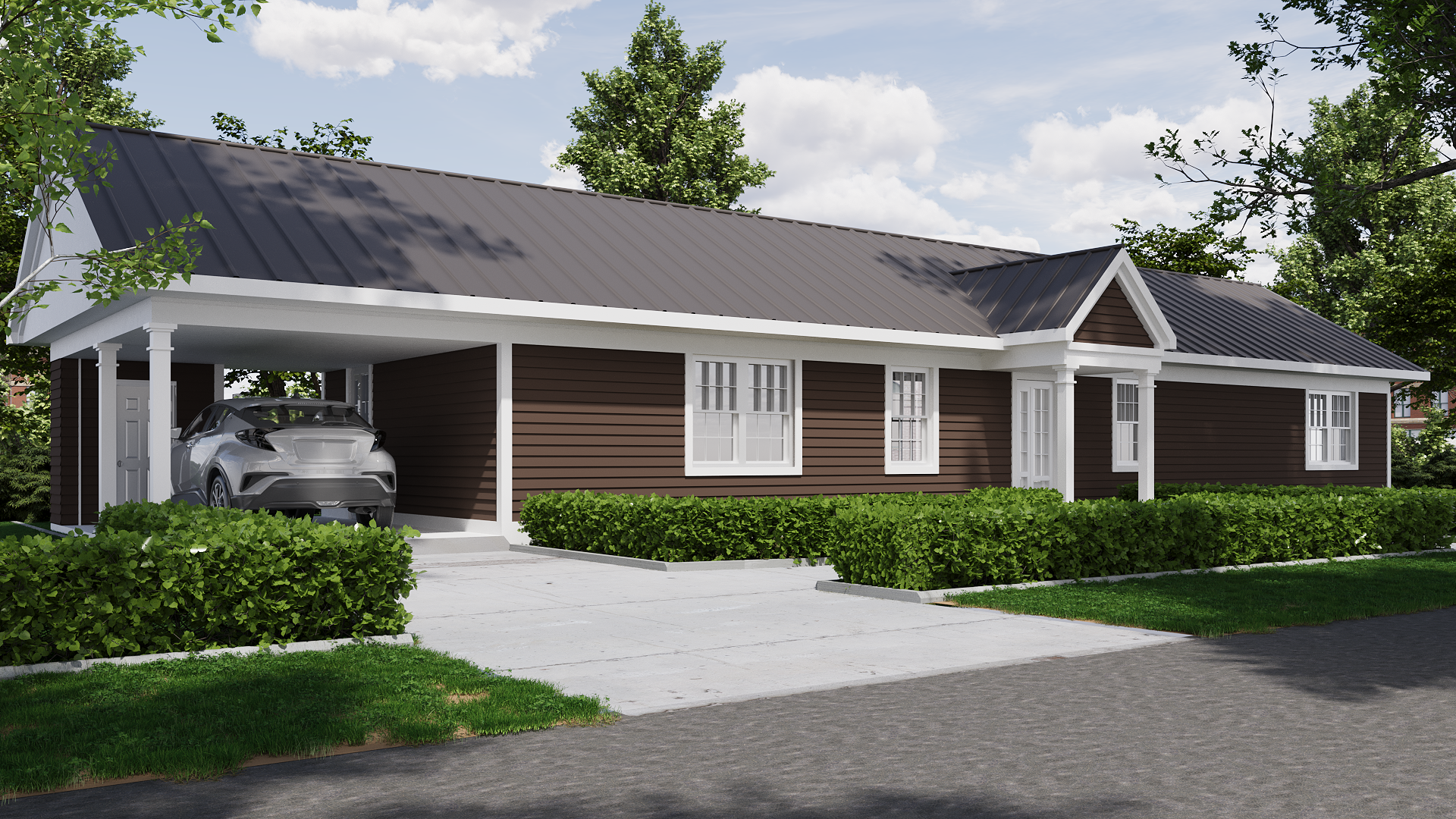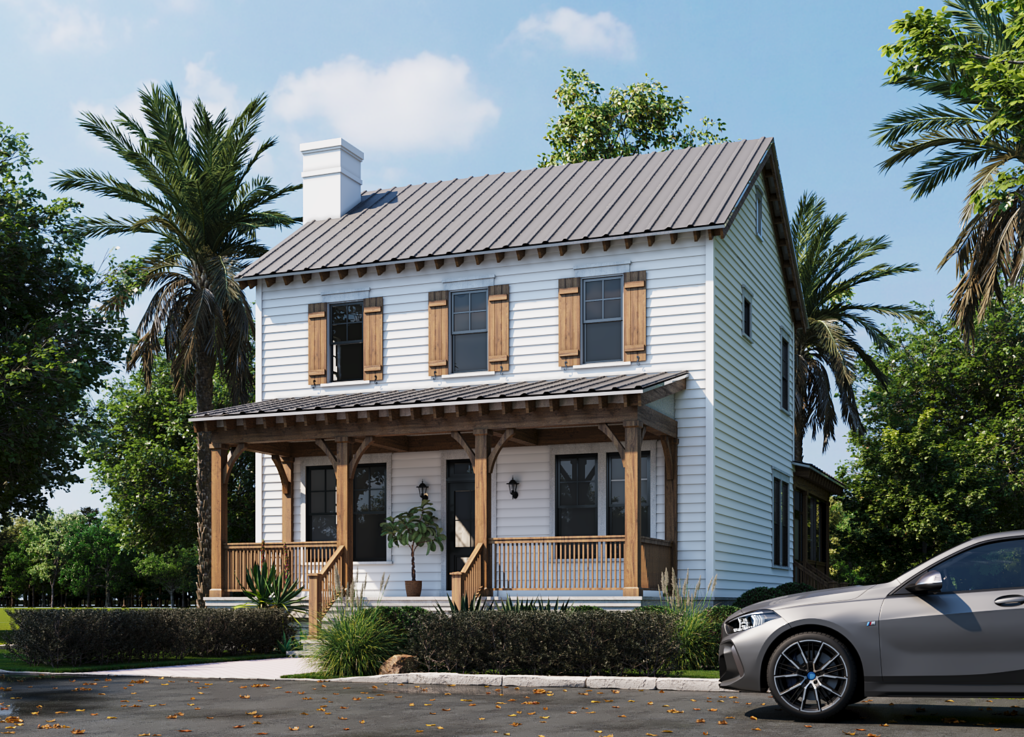
How 3D Visualization Studios Can Partake In International Real Estate Exhibitions
International real estate exhibitions provide an excellent platform for showcasing innovations and developments in the real estate industry. As the market becomes increasingly competitive and technology-driven, 3D visualization studios have a unique opportunity to display their capabilities. By participating in these exhibitions, 3D studios can demonstrate how their services can transform real estate marketing, development, and sales.
In this blog, we’ll explore the benefits, strategies, and best practices for 3D visualization studios to effectively engage in international real estate exhibitions. We’ll also discuss how these events can help studios expand their networks, attract clients, and establish themselves as key players in the global real estate industry.
1. The Importance of International Real Estate Exhibitions
International real estate exhibitions, such as MIPIM, Expo Real, and Cityscape, bring together key players in the industry, including real estate developers, architects, investors, brokers, and service providers. These events are hubs for networking, knowledge exchange, and deal-making, making them ideal venues for 3D visualization studios to demonstrate their value.
Benefits of Participating in Real Estate Exhibitions:
- Networking opportunities: Exhibitions attract a global audience, providing 3D studios with access to potential clients, partners, and industry leaders from various regions.
- Showcasing cutting-edge technology: The real estate industry is increasingly reliant on 3D rendering, virtual reality (VR), and augmented reality (AR) to market properties. Exhibitions give 3D studios the chance to showcase these technologies in action, highlighting their ability to create lifelike representations of properties.
- Market expansion: By participating in international exhibitions, 3D visualization studios can gain exposure to new markets, helping them expand their reach beyond their home countries.
With the global real estate market growing, the demand for 3D visualization services is increasing, and exhibitions are a key way for studios to capitalize on this trend.
2. Planning for a Successful Exhibition
Before attending an international real estate exhibition, a 3D visualization studio must have a well-defined strategy. Proper planning ensures that the studio maximizes its return on investment (ROI) and attracts the right audience to its booth or presentation.
Key Steps in Preparing for an Exhibition:
- Define your goals: Are you looking to generate leads, build brand awareness, or establish partnerships? Identifying your objectives will help shape your exhibition strategy and the metrics you use to measure success.
- Select the right exhibition: Choose events that align with your target market. If your studio specializes in architectural visualizations for luxury properties, attend exhibitions that attract high-end real estate developers. Likewise, if your focus is on large-scale urban developments, opt for exhibitions that showcase commercial projects.
- Prepare marketing materials: Create brochures, business cards, and digital portfolios that highlight your studio’s expertise. Ensure your marketing materials communicate the benefits of 3D visualization for real estate developers and investors.
Additionally, a strong online presence is crucial. Many attendees will research exhibitors before the event, so make sure your website and social media channels are up to date, reflecting your latest work and capabilities.

3. Designing an Engaging Booth or Exhibit
Your exhibition booth is the first impression potential clients will have of your studio, so it’s essential to create an eye-catching and engaging display. Here’s how to make your booth stand out and attract visitors:
Tips for Designing an Effective Booth:
- Incorporate technology: Use large screens or projectors to display your 3D renderings, animations, and virtual tours. Consider offering interactive VR or AR experiences where visitors can explore virtual property models in real time.
- Highlight your unique selling points (USPs): What sets your 3D studio apart from others? Whether it’s your ability to create hyper-realistic renderings, offer fast turnaround times, or integrate virtual staging, make sure your booth highlights these strengths.
- Create an inviting space: Comfort is key. Ensure that your booth has seating areas where potential clients can sit down and discuss their projects with you. Offer refreshments, charging stations, or other amenities to make your booth a destination within the exhibition hall.
An engaging booth encourages visitors to spend more time interacting with your team, which can lead to deeper conversations and more meaningful connections.
4. Engaging Attendees with Live Demonstrations
One of the most powerful ways to showcase your studio’s capabilities is through live demonstrations. 3D visualization is inherently visual, so showing how you create a render or animate a property in real time will captivate your audience.
Live Demonstration Ideas:
- Real-time rendering: Walk attendees through the process of creating a 3D render from start to finish. This could involve demonstrating how you transform architectural blueprints into a fully rendered building, complete with lighting, materials, and textures.
- Interactive VR tours: Set up VR headsets that allow attendees to explore virtual properties as if they were physically walking through them. This immersive experience showcases the power of 3D technology in real estate marketing.
- Virtual staging: Demonstrate how you can digitally furnish and decorate a property to help potential buyers visualize different design options. This is particularly useful for marketing empty properties or unfinished developments.
By offering interactive and engaging demonstrations, you can capture the attention of exhibition attendees and leave a lasting impression of your studio’s capabilities.
5. Building Relationships Through Networking
While showcasing your 3D visualization services is important, networking is the key to building long-lasting relationships with real estate professionals. International real estate exhibitions are prime opportunities to connect with developers, investors, architects, and brokers from around the world.
Networking Tips:
- Attend networking events: Most real estate exhibitions offer official networking sessions, such as cocktail receptions, breakfasts, or panel discussions. These are ideal opportunities to introduce yourself to key players in the industry.
- Prepare an elevator pitch: Be ready to explain your studio’s services, benefits, and unique qualities in a concise and compelling way. Tailor your pitch to the specific needs of different professionals in the real estate industry, such as developers or investors.
- Follow up after the event: After the exhibition, follow up with contacts you made by sending a personalized email or message. Offer to provide additional information or set up a meeting to discuss potential collaborations.
Networking at international exhibitions can open doors to partnerships and projects that may not have been possible otherwise, making it an essential aspect of participating in these events.
6. Maximizing Post-Exhibition Success
The work doesn’t stop once the exhibition ends. To maximize the ROI from your participation, you’ll need to follow up on the leads and contacts you’ve generated.
Post-Exhibition Best Practices:
- Organize your leads: After the event, categorize the contacts you made based on their potential for business collaboration. Prioritize hot leads and send follow-up emails within a few days of the exhibition to maintain momentum.
- Review your performance: Assess whether you achieved your goals, such as lead generation, brand visibility, or partnership development. Analyze what worked well and what could be improved for future exhibitions.
- Share your experience: Leverage social media and your website to share highlights from the exhibition. Post photos of your booth, live demonstrations, and key moments from the event. This not only reinforces your brand’s presence but also shows potential clients that you are actively engaged in the real estate community.
Maximizing your post-exhibition success ensures that the time, effort, and investment in participating translate into tangible business outcomes.
7. The Future of 3D Visualization in Real Estate Exhibitions
As the real estate industry becomes more digital, the role of 3D visualization studios in exhibitions will continue to grow. Emerging technologies, such as AI-powered rendering, augmented reality, and real-time collaboration tools, are likely to become standard features in future exhibitions.
Upcoming Trends:
- AI and automation: AI tools that assist in generating hyper-realistic visualizations with greater speed and accuracy will enhance the way 3D studios present their work. Incorporating AI into your workflow could attract even more attention from real estate professionals.
- Collaborative VR experiences: Imagine offering VR experiences that allow multiple users to walk through a virtual property simultaneously, interacting with each other and discussing design elements. This would take remote property presentations to a new level.
- Sustainability and green buildings: Real estate exhibitions are increasingly focusing on sustainability. 3D visualization studios can align with this trend by showcasing energy-efficient building designs, green spaces, and eco-friendly materials through their renderings.
By staying ahead of these trends, 3D visualization studios can maintain their competitive edge and continue to thrive in the international real estate market.
Conclusion
3D visualization studios have a significant role to play in international real estate exhibitions. By offering immersive virtual experiences, engaging live demonstrations, and cutting-edge technology, these studios can attract the attention of real estate professionals and generate valuable business opportunities.
From luxury homes and commercial spaces to new developments and retail properties, 3D visualization is transforming how real estate is marketed and sold. By participating in exhibitions, studios can showcase their expertise, expand their network, and establish themselves as key players in the global real estate industry.
As the demand for 3D renderings and virtual tours continues to grow, real estate exhibitions will remain a vital platform for connecting with developers, investors, and architects. With the right strategy, preparation, and execution, 3D visualization studios can successfully partake in these events and unlock new opportunities for growth and success.


